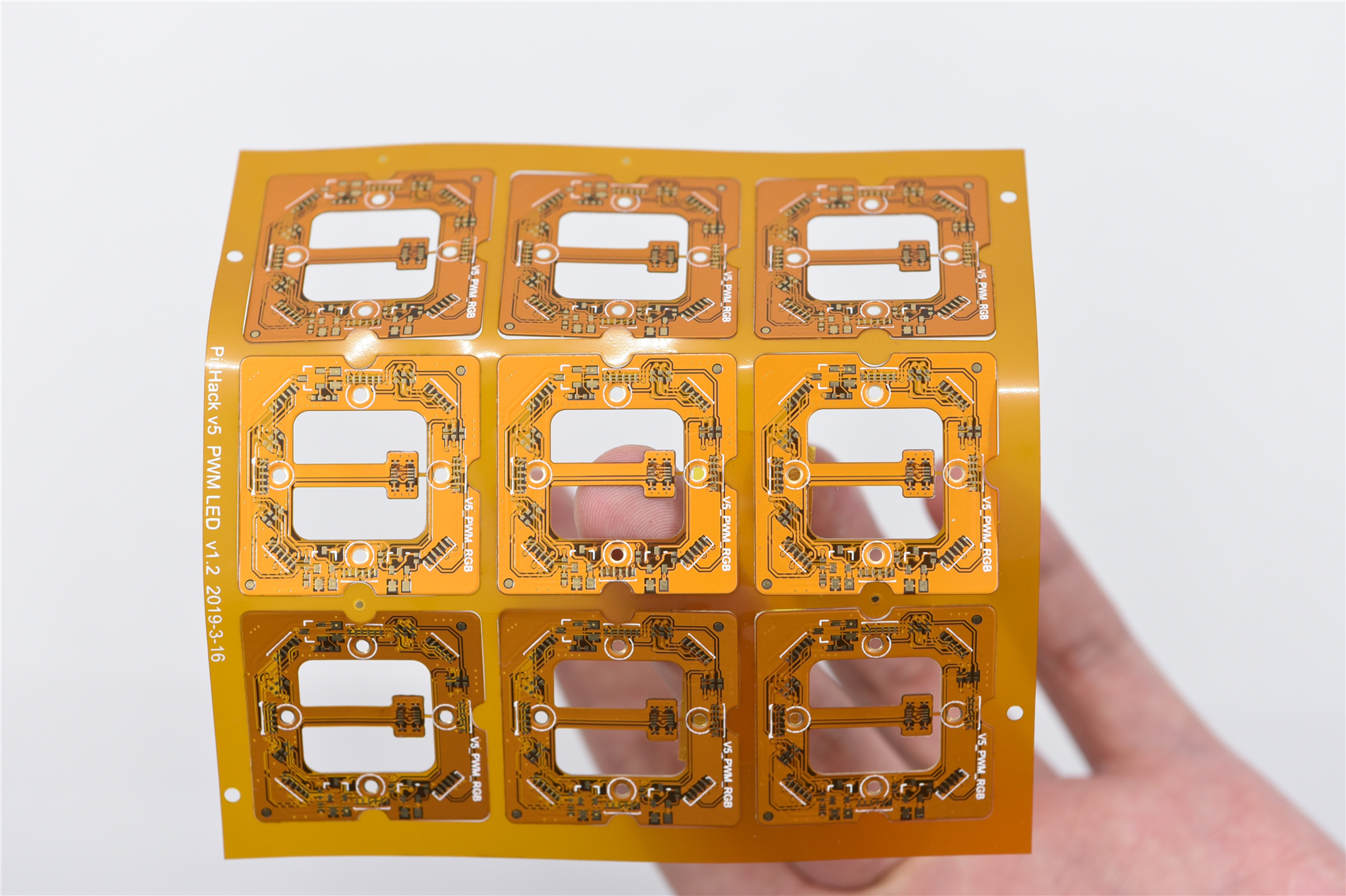
What is rigid flexible PCBA board ?
Rigid flexible PCB is a PCB that combines flexible and rigid board technologies in applICations. Most rigid flexible boards consist of multilayer flexible circuit boards that are externally and/or internally connected to one or more rigid boards, depending on the design of the application. The flexible substrate is designed to be in a constant bending state and usually forms a bending curve during manufacturing or installation.

The design is more challenging than the design of a typical rigid plate environment, because these plates are designed in 3D space, which also provides higher space efficiency. By being able to design rigid flexible combination in three dimensions, designers can twist, fold and roll flexible substrates to achieve the shape required for final application packaging.
Rigid flexible combination PCBA manufacturing application:
The combination of rigid and flexible PCBA provides a wide range of applications, from SMArt devices to mobile phones and digital CAMeras. Rigid flexible composite plates are increasingly used in medical devices, such as pacemakers, because of their space and weight reduction capabilities. The same advantages of using rigid flexible PCB can be applied to intelligent control systems.
In consumer products, the combination of rigid and flexible not only maximizes the space and weight, but also greatly improves the reliability, eliminating many requirements for solder joints and delicate wiring that are prone to connection problems. These are just a few examples, but rigid flexible PCB can be used for almost all advanced electrical applications, including test equipment, tools and cars.
Rigid flexible PCB technology and production process:
This technology has been fully verified and reliable, whether it is to produce rigid flexible combination prototypes or to mass produce rigid flexible combination PCBA manufacturing and PCBA assembly. The flexible PCB part is particularly good at overcoming the space and weight problems of spatial degrees of freedom.
Careful consideration of rigid flexible combination solutions and appropriate evaluation of available options in the early stages of the rigid flexible combination PCB design phase will bring significant benefits. Rigid flexible PCB manufacturers must participate early in the design process to ensure that the design and wafer factory parts are coordinated and take into account changes in the final product.
The manufacturing phase is also more complex and time-consuming than rigid plate manufacturing. All flexible components of Rigid Flex components have different processing, etching and welding processes from rigid FR4 plates.
Advantages of rigid flexible PCB
• Space requirements can be minimized by applying 3D
• By eliminating the need for connectors and cables between individual rigid components, circuit board size and overall system weight can be reduced.
• By maximizing space, the number of parts is usually reduced.
• Fewer solder joints ensure higher connection reliability.
• Easier handling during assembly compared to flexible plates.
• SIMplify PCBA production process.
• Integrated ZIF contacts provide a simple modular interface for the system environment.
• Simplified test conditions. Complete testing before installation is possible.
• The use of rigid flexible composite plates can significantly reduce logistics and assembly costs.
• It can increase the complexity of mechanical design, which also increases the freedom to optimize the enclosure solution.
然后
联系
电话热线
13410863085Q Q

微信

- 邮箱











